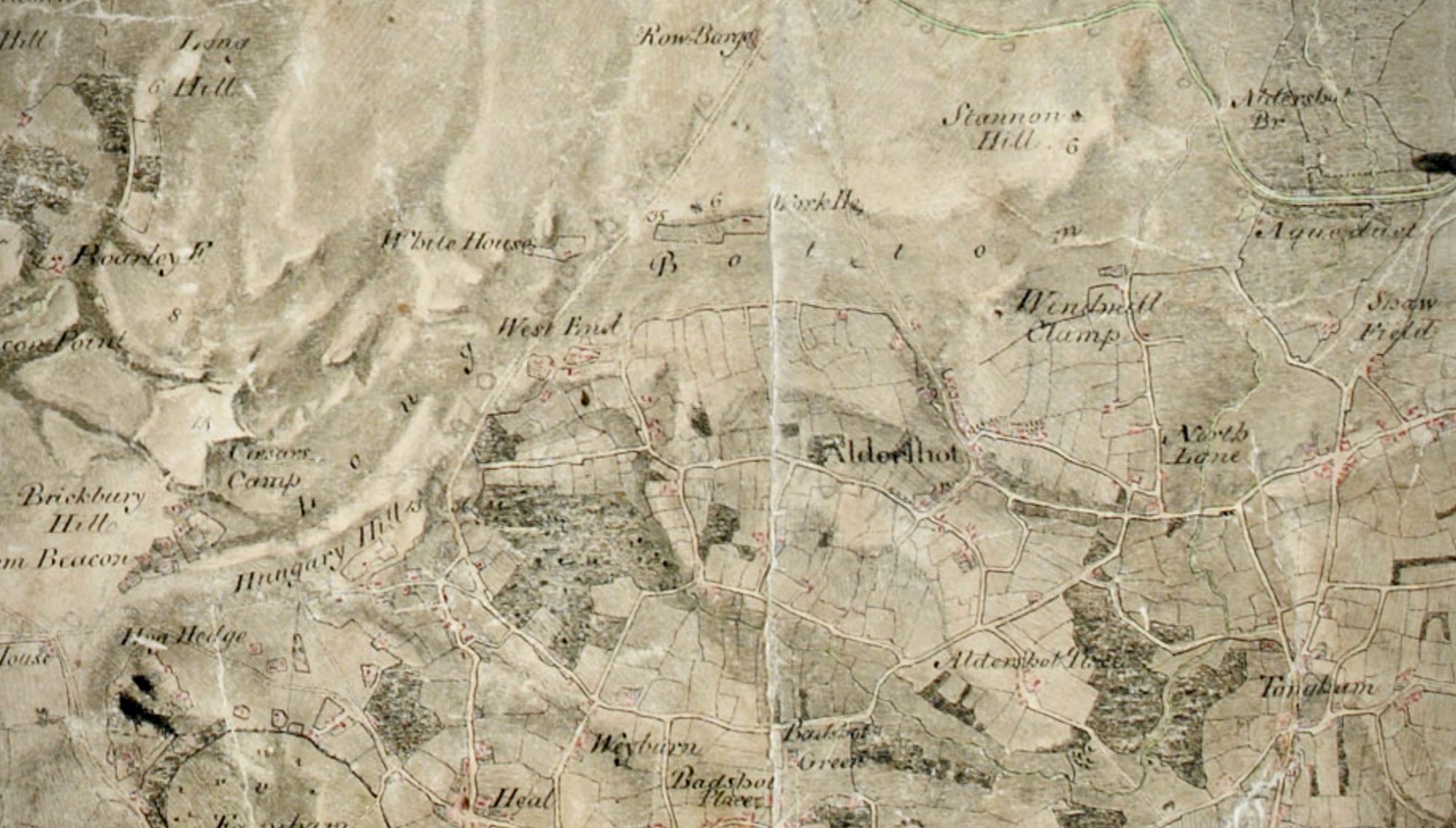The 1851 Census counted a resident village population of just over 750. That excluded visitors and the pauper pupils, all but one of the latter drawn from elsewhere across three Poor Law Unions, up at the District School.
Of those 754 villagers, 84 were children aged between ten and fourteen, 107 aged between five and nine and 115 infants under the age of five.
-
- There were 100 pupils at the District School; only Matthew Matthews had been born in Aldershot. 68 were children aged between ten and fourteen and 18 aged between five and nine. 14 were aged fifteen and sixteen, some likely used as pupil teachers.
The 1851 Census recorded the majority of the children in the village as being a ‘scholar’, although how regular their attendance at the parish school opposite the Church is far from easily established. As measured by that Census, school participation between 5 and 12, was 55% and 64% for the boys and girls, respectively. Apart from a surprisingly high participation for boys at age 5, participation by girls was higher for nearly every age from 6 to 13, with girls having participation rates of 78% and 71% at ages 12 and 13. There was even attendance by girls, from households of agricultural labourers, at ages 15 and 16, perhaps as pupil-teacher assistants.
Over a dozen of the older boys were recorded as an ‘errand boy’, that role very much a transitory occupation. It was, nevertheless, an important one for communication and deliveries across the distributed settlement of the village. Most of the other boys were already working as agricultural labourers or helping with the farm.
As girls grew older, so there was a switch from helping at home to that of domestic service, the latter generally meaning having to leave the family home. That also resulted in girls leaving the parish for positions, especially in the neighbouring market town of Farnham.
In the main, children followed the career path of their parents, boys in the footsteps of the father in terms of occupation and girls becoming mothers. Although there was the pull of opportunity in the growing towns and cities, domestic agriculture in the region was not in decline and the village continued to attract incomers.
